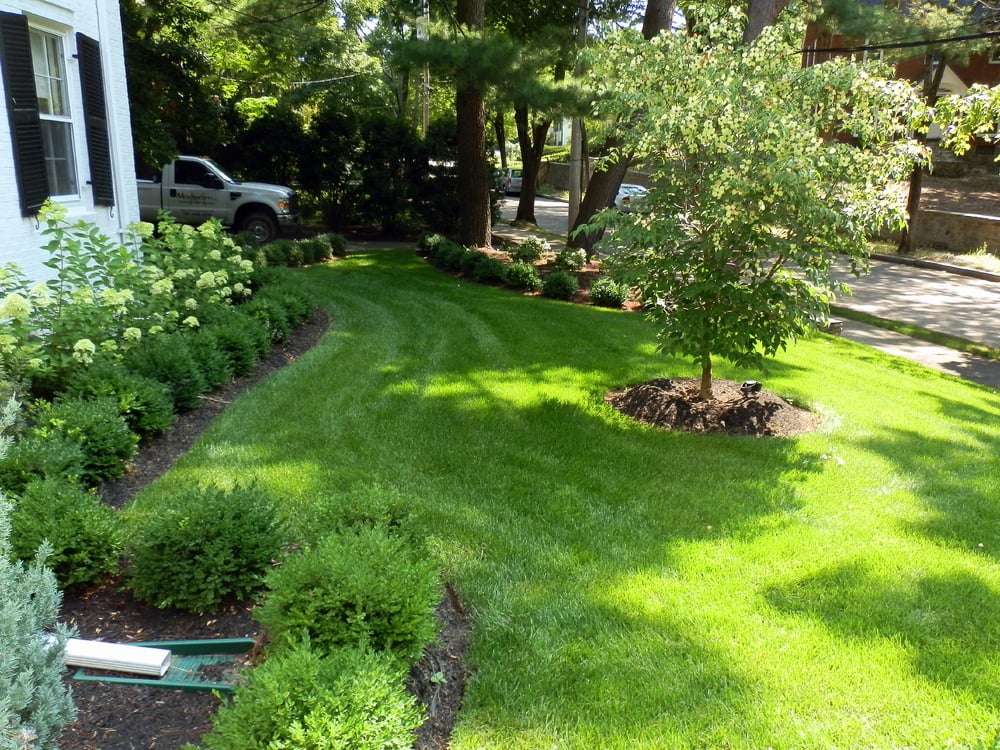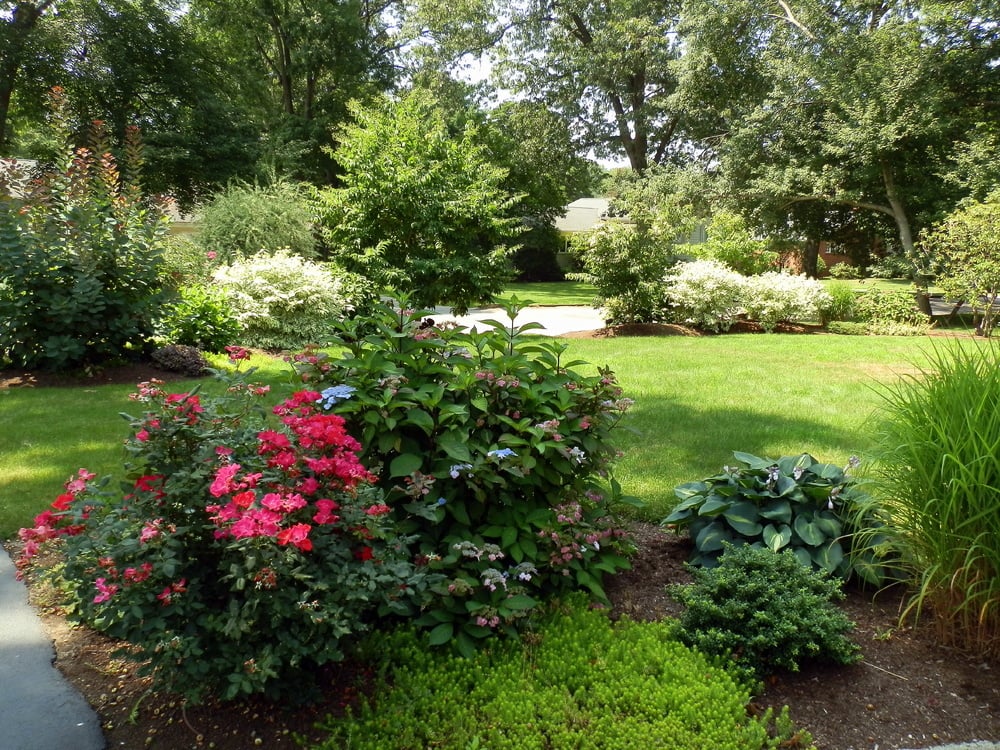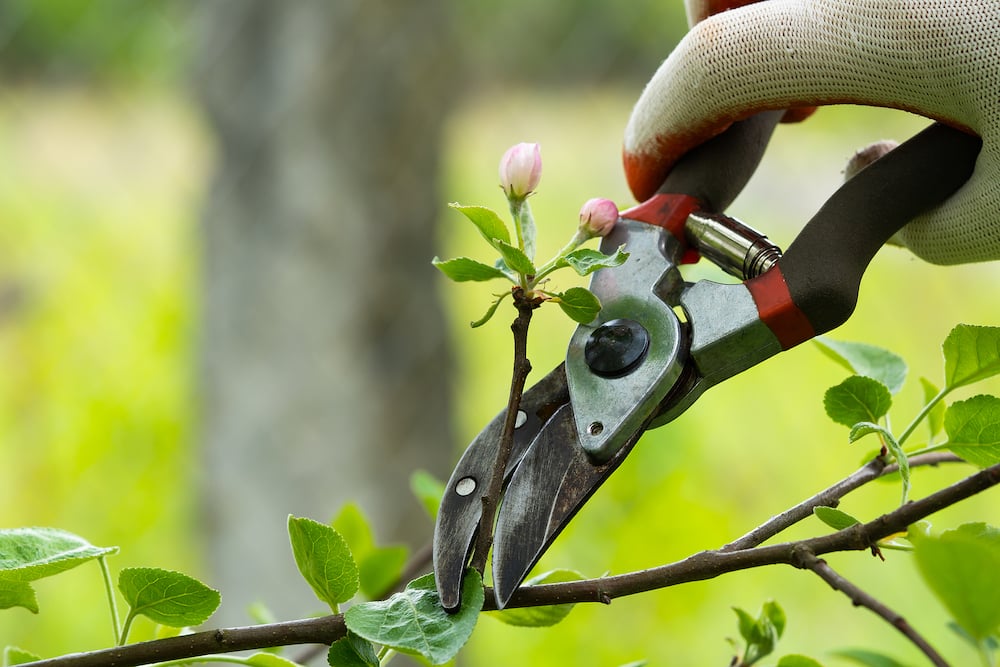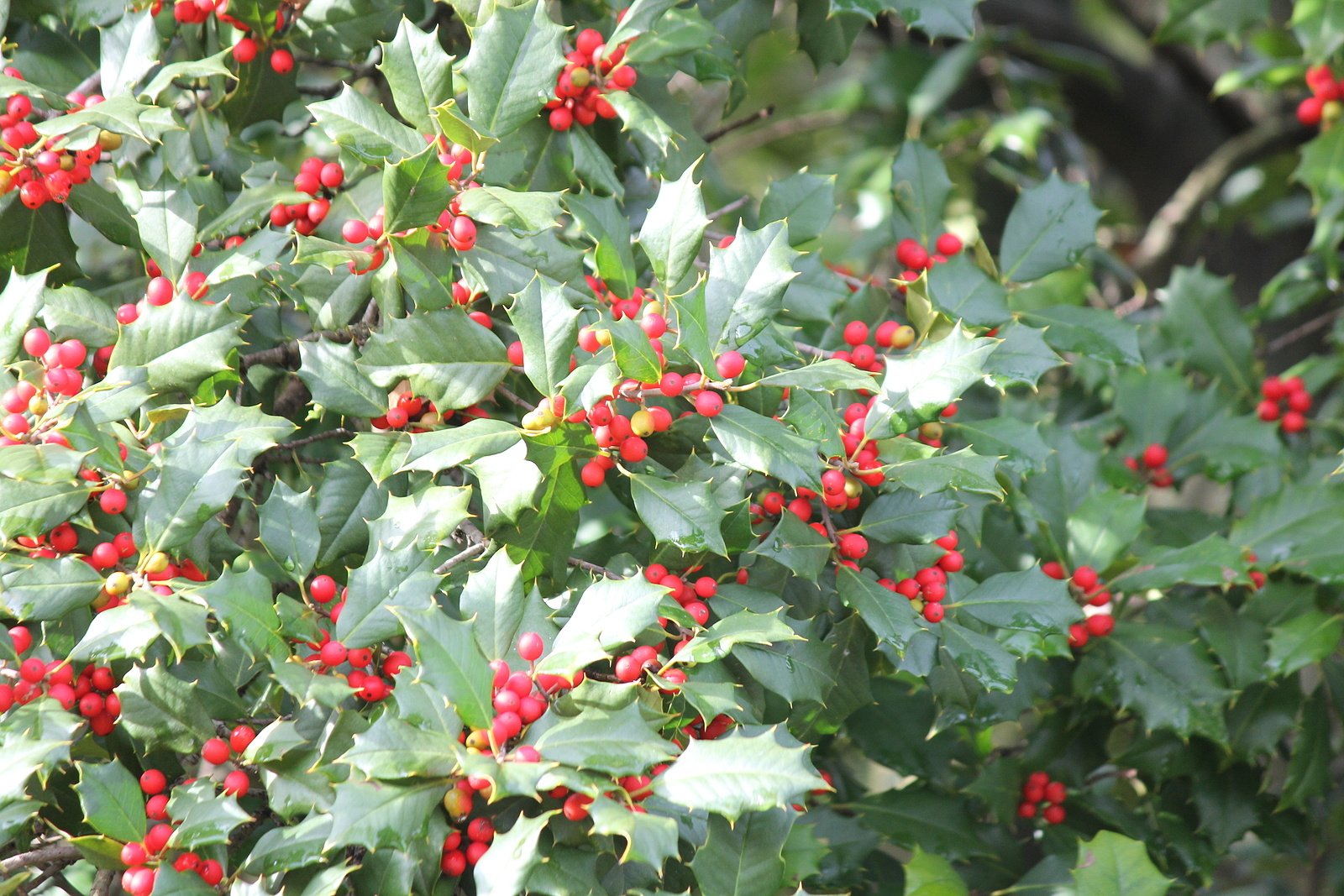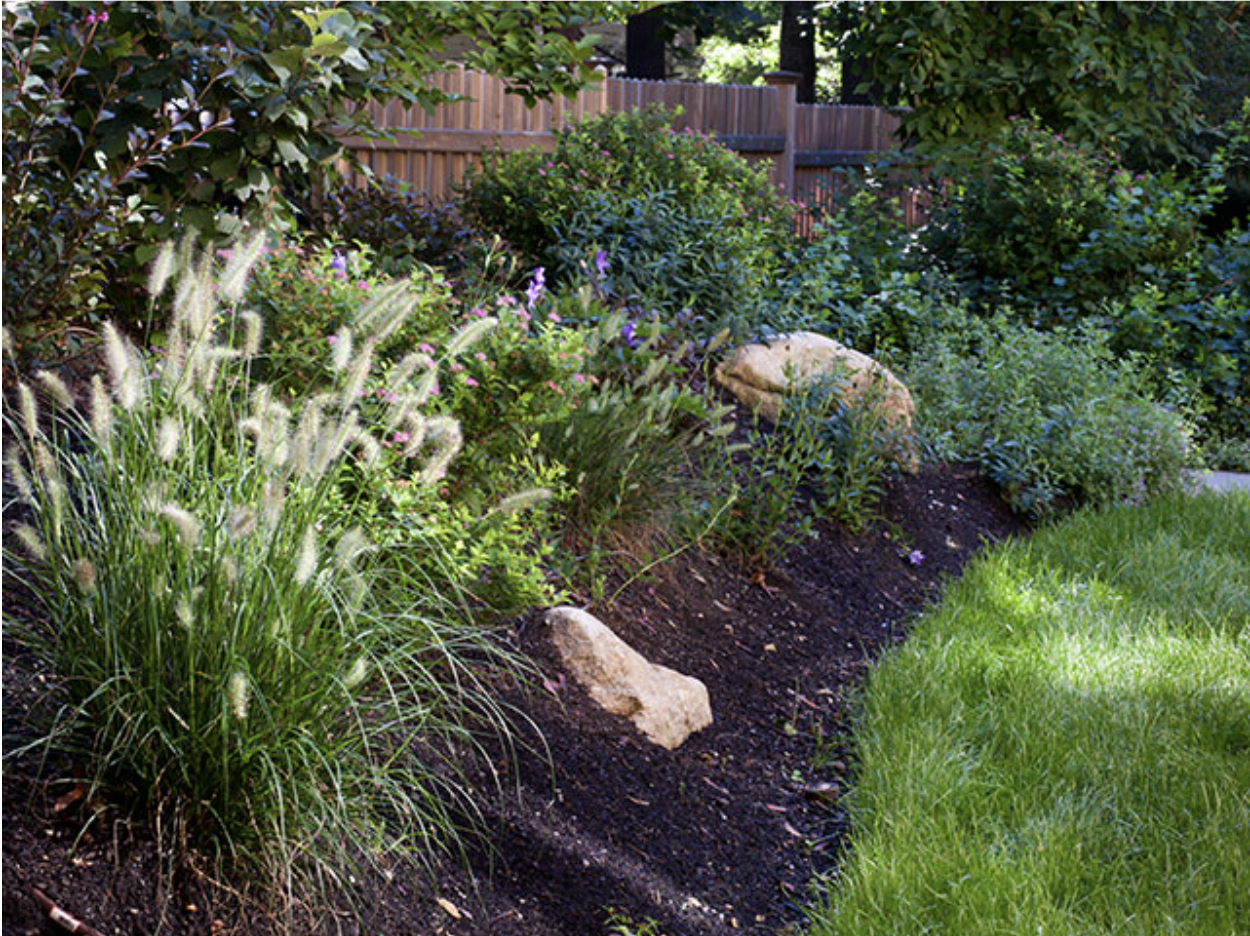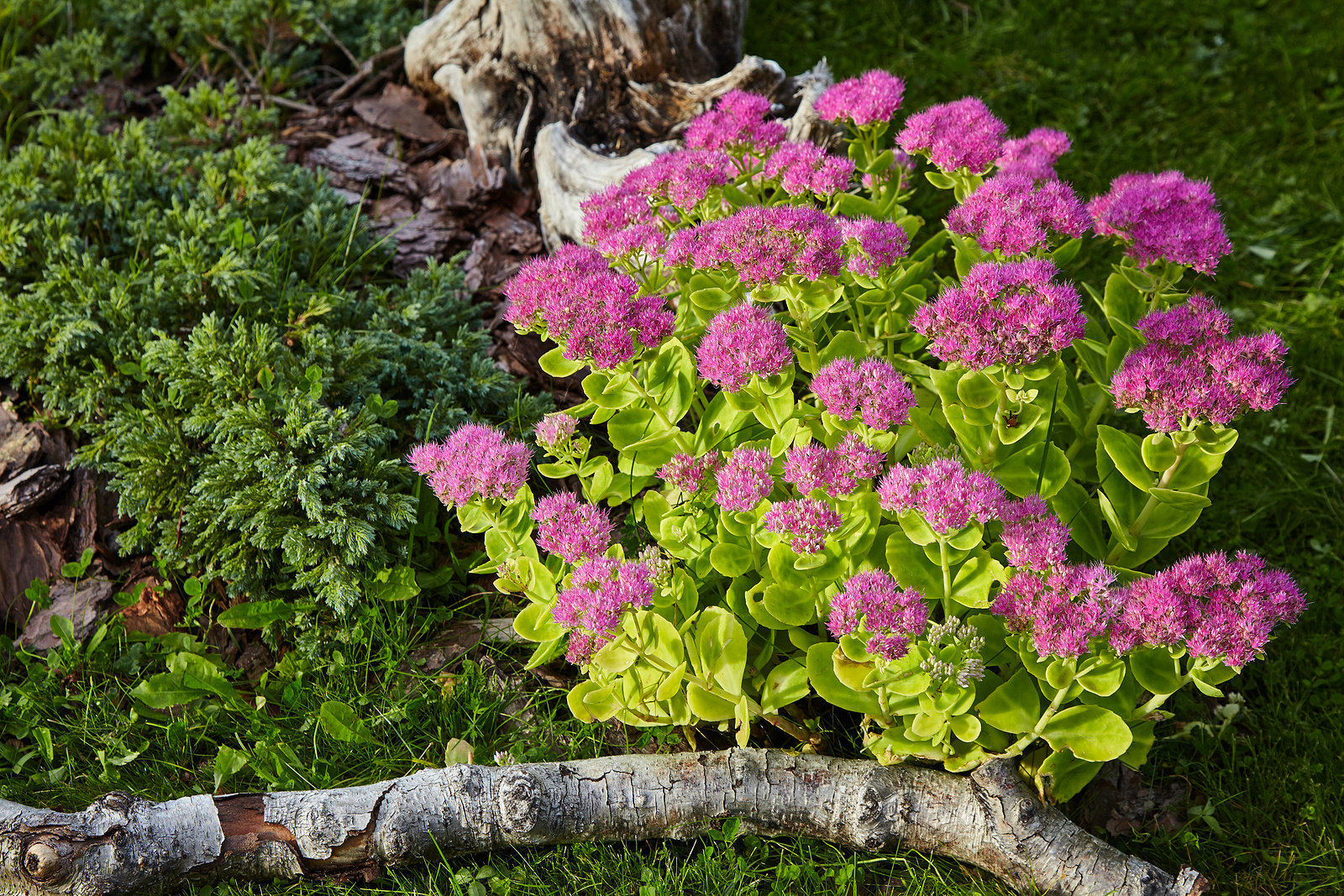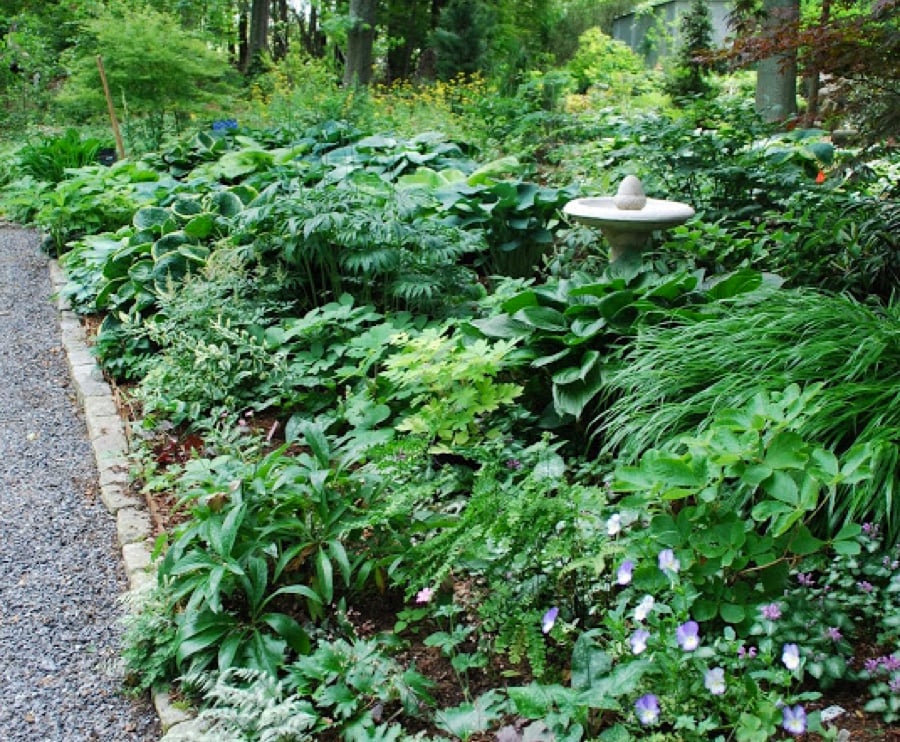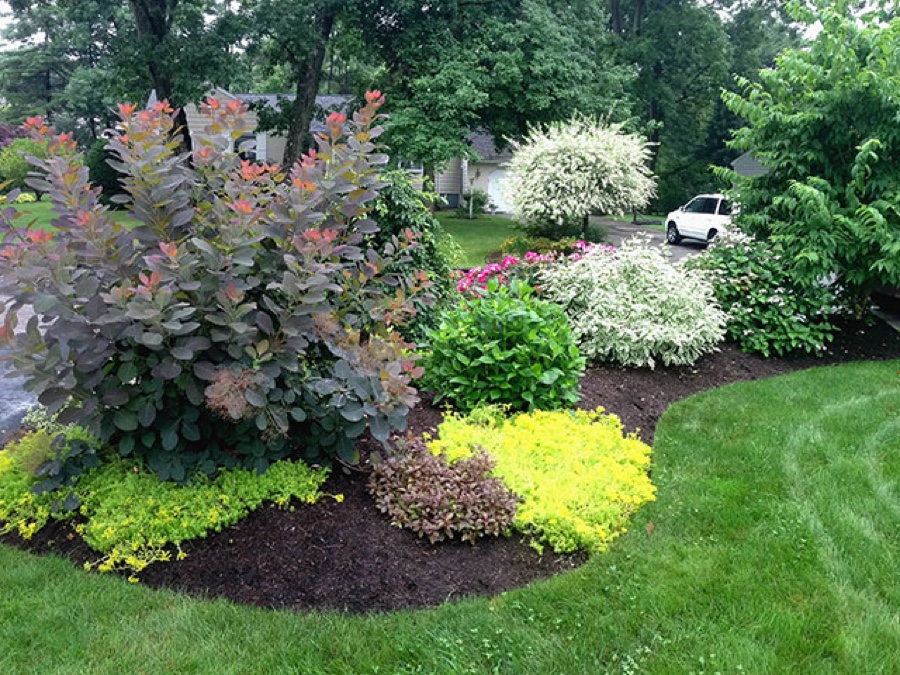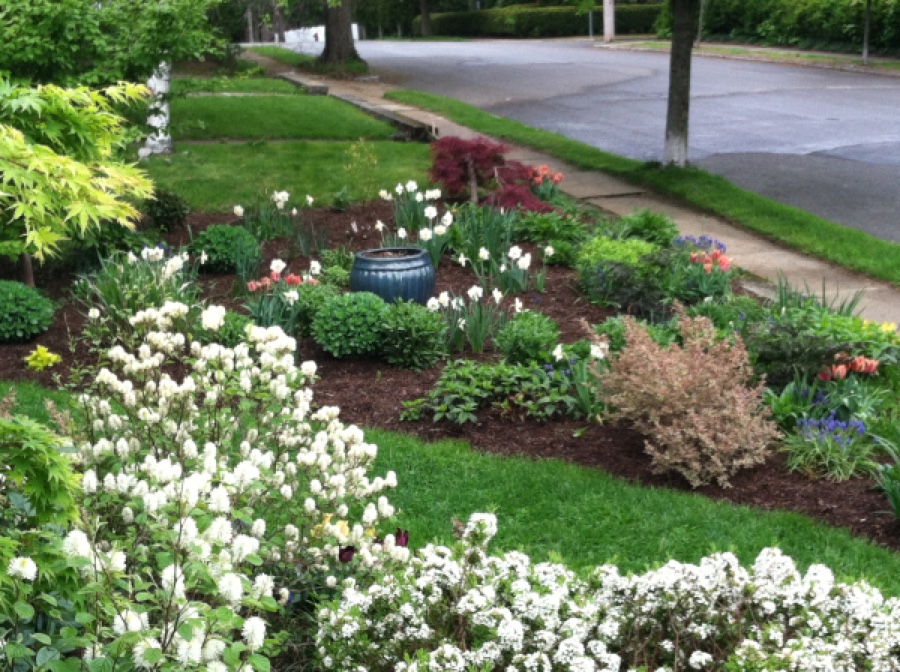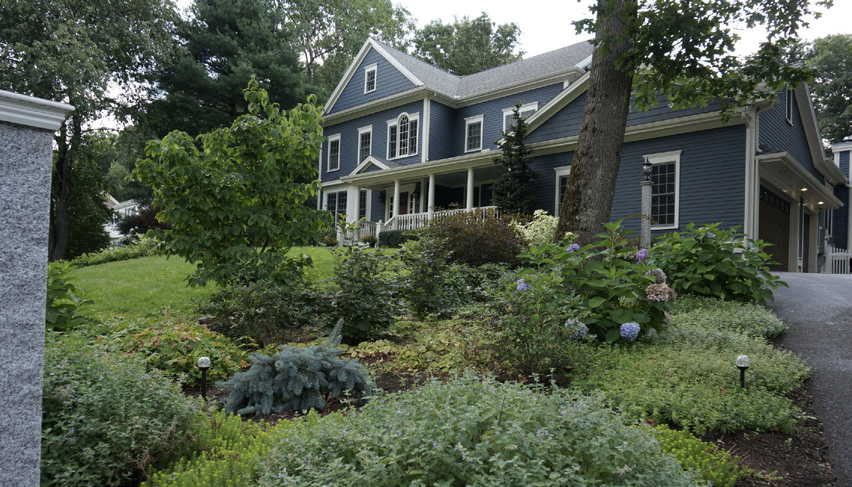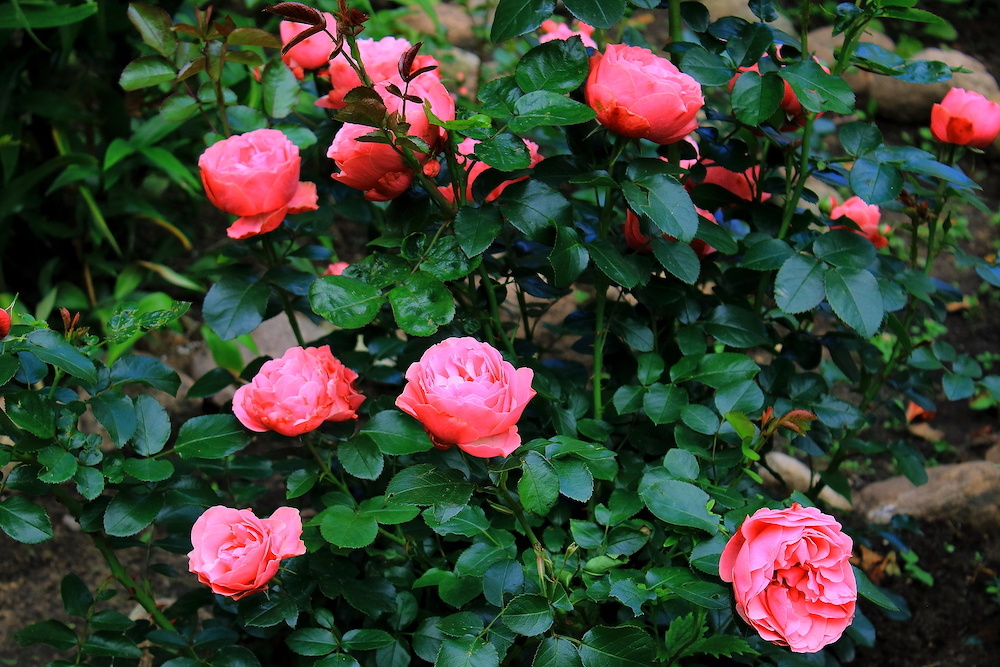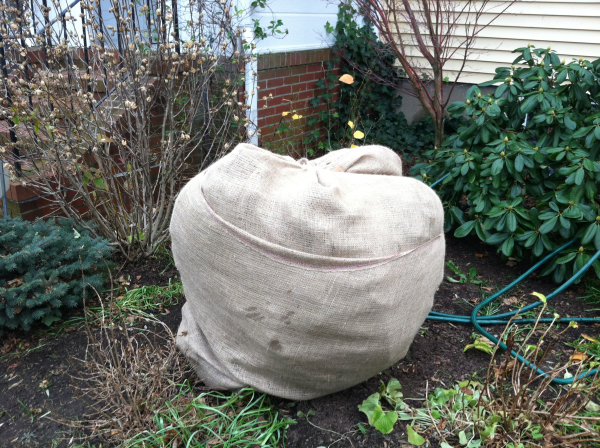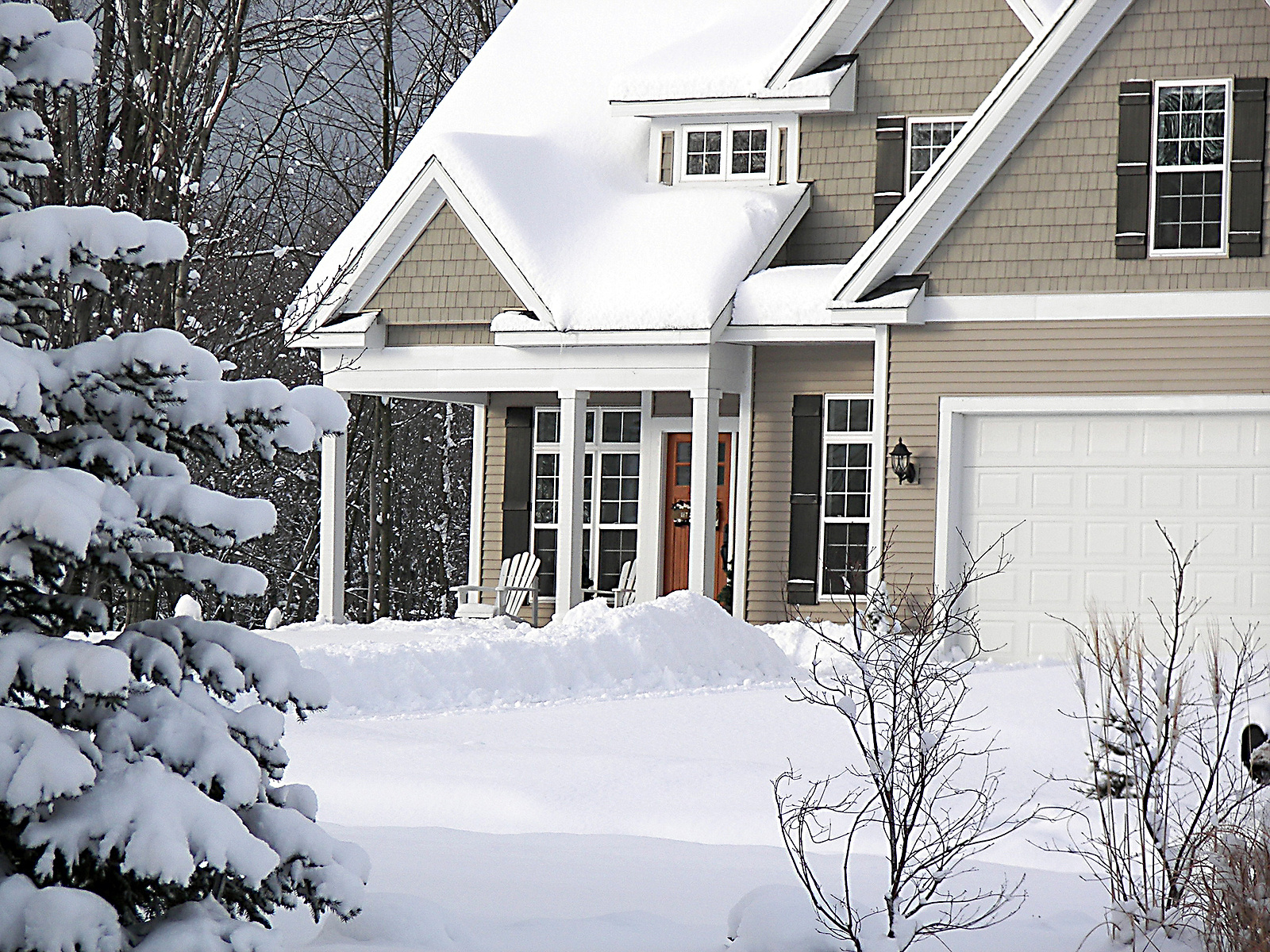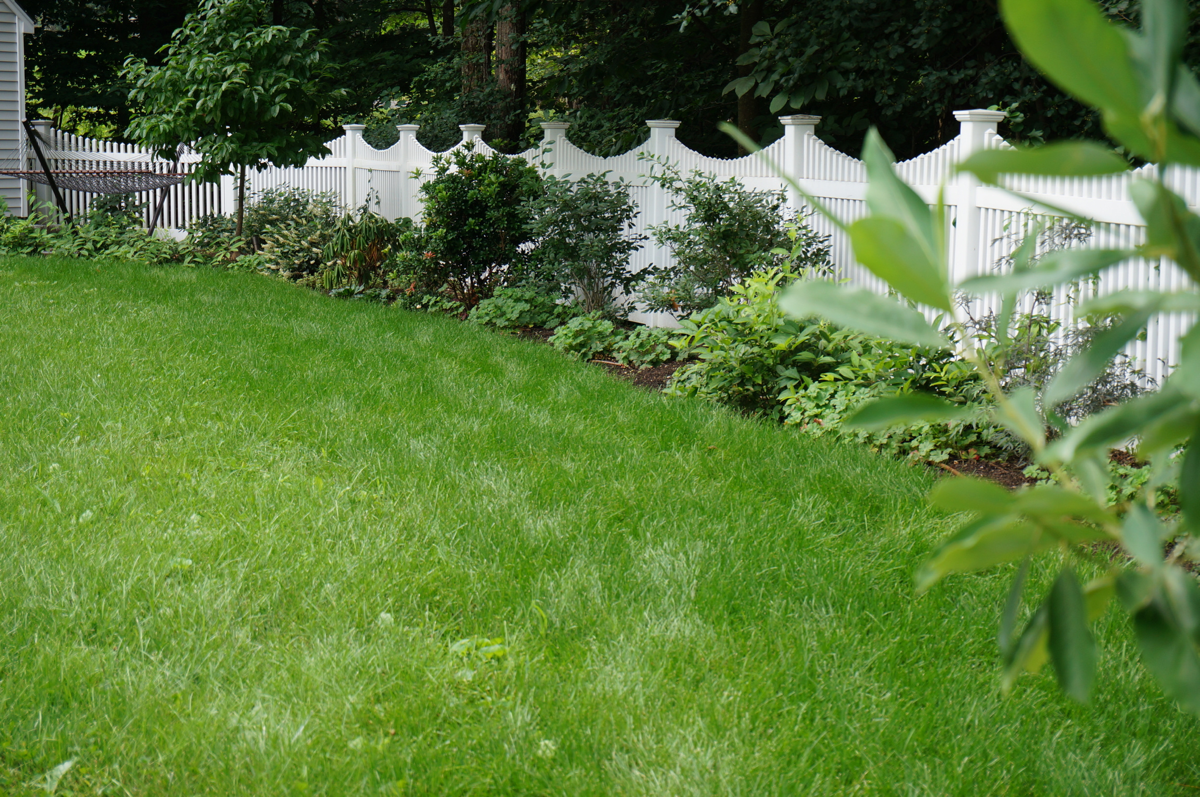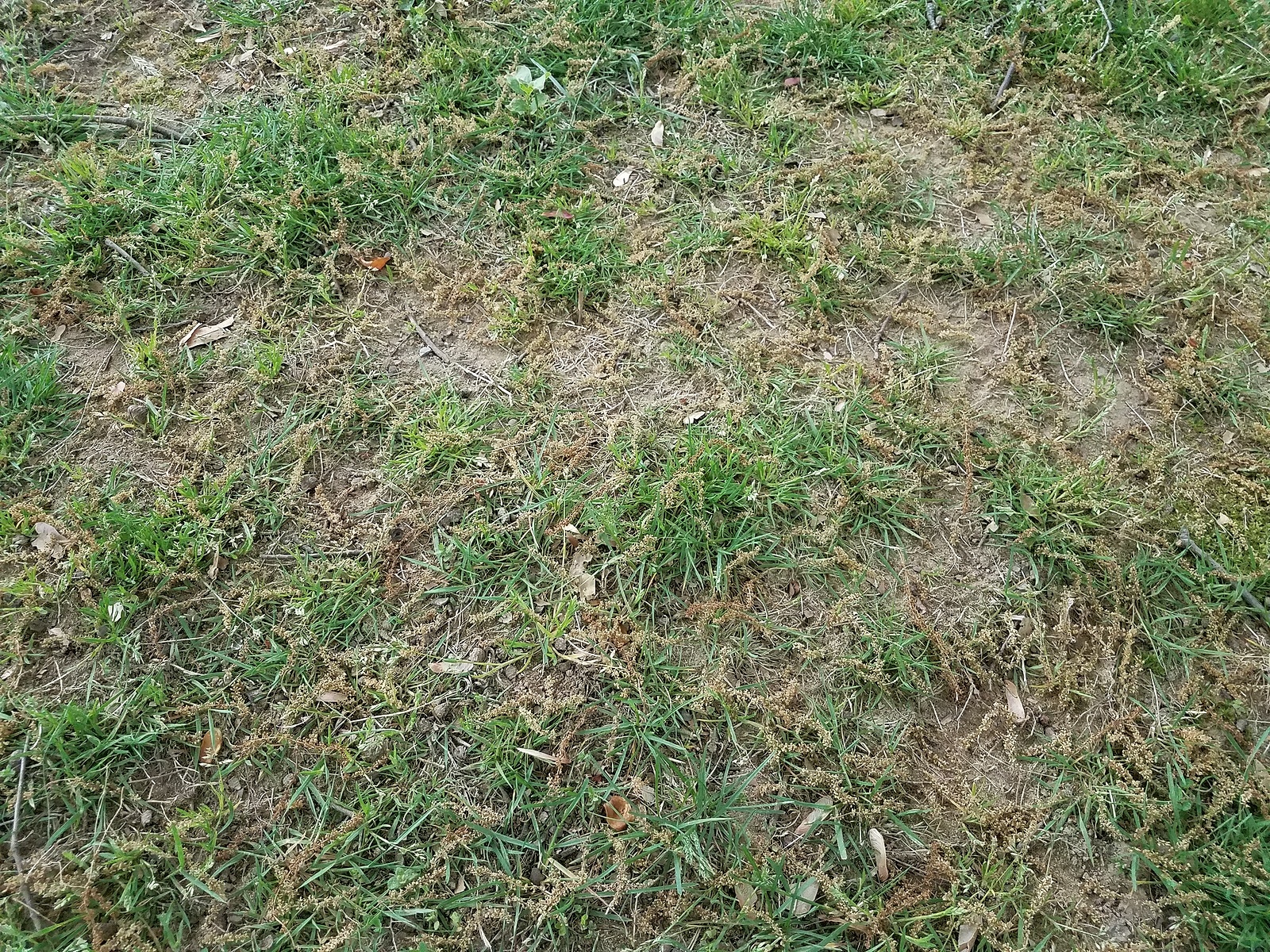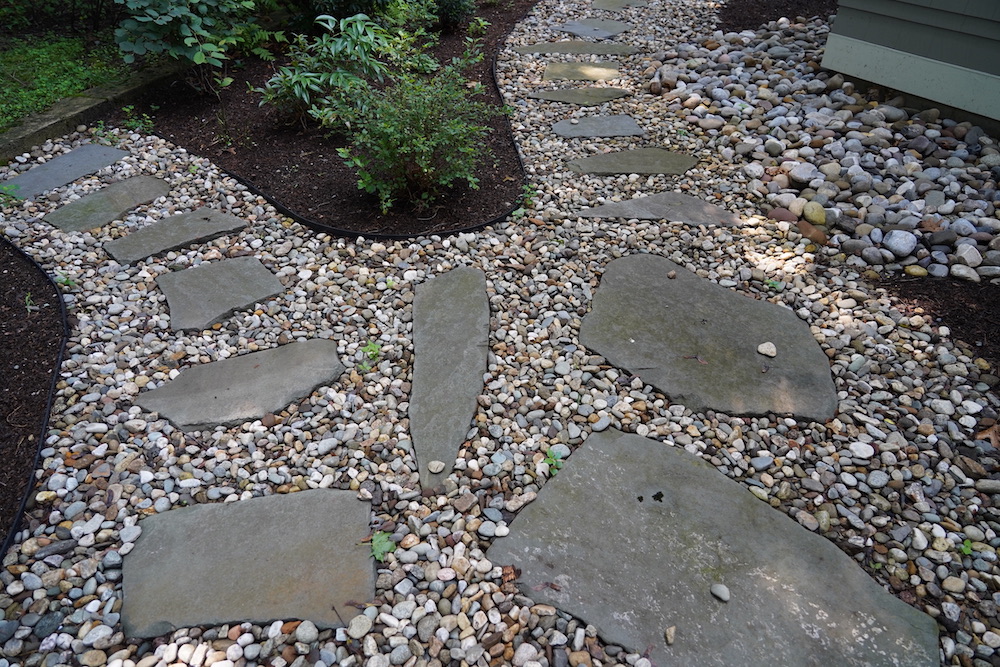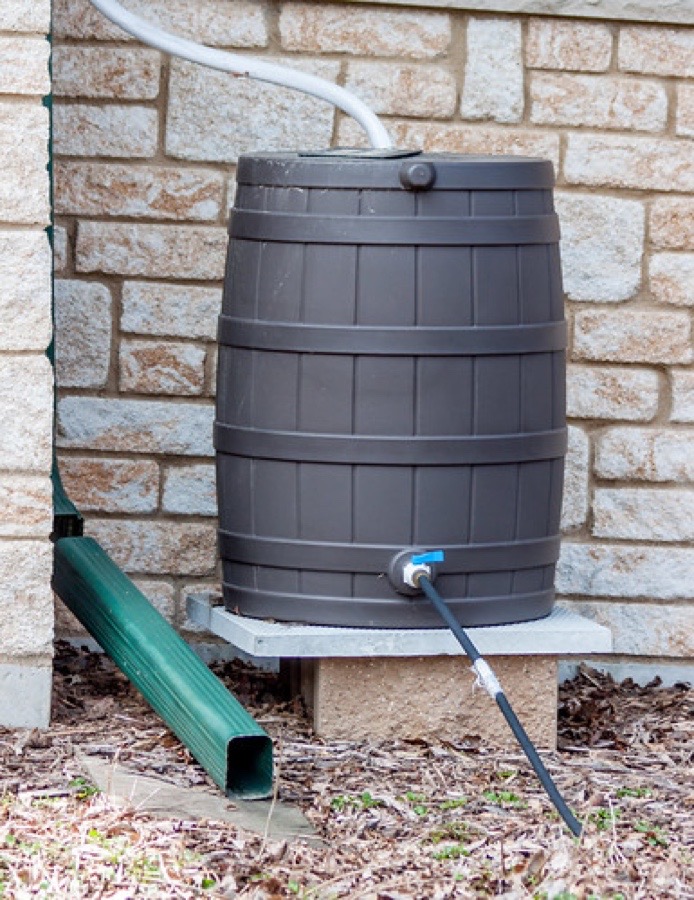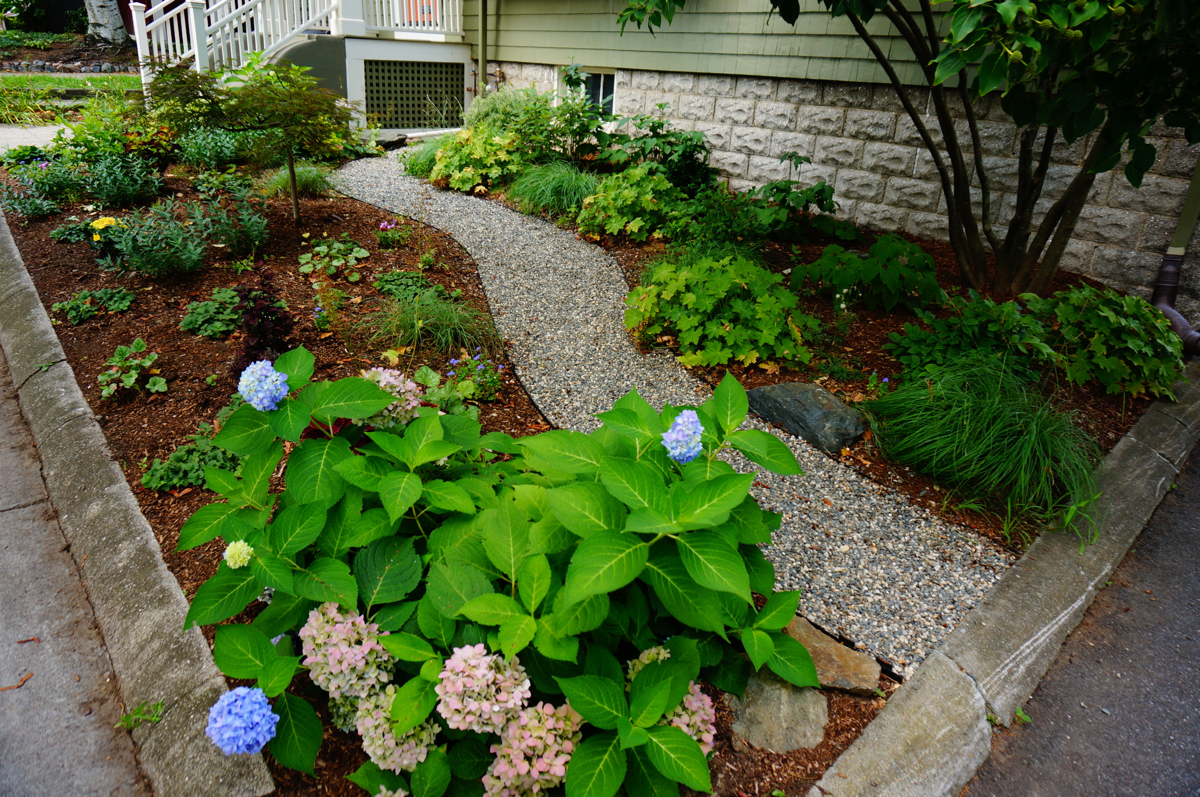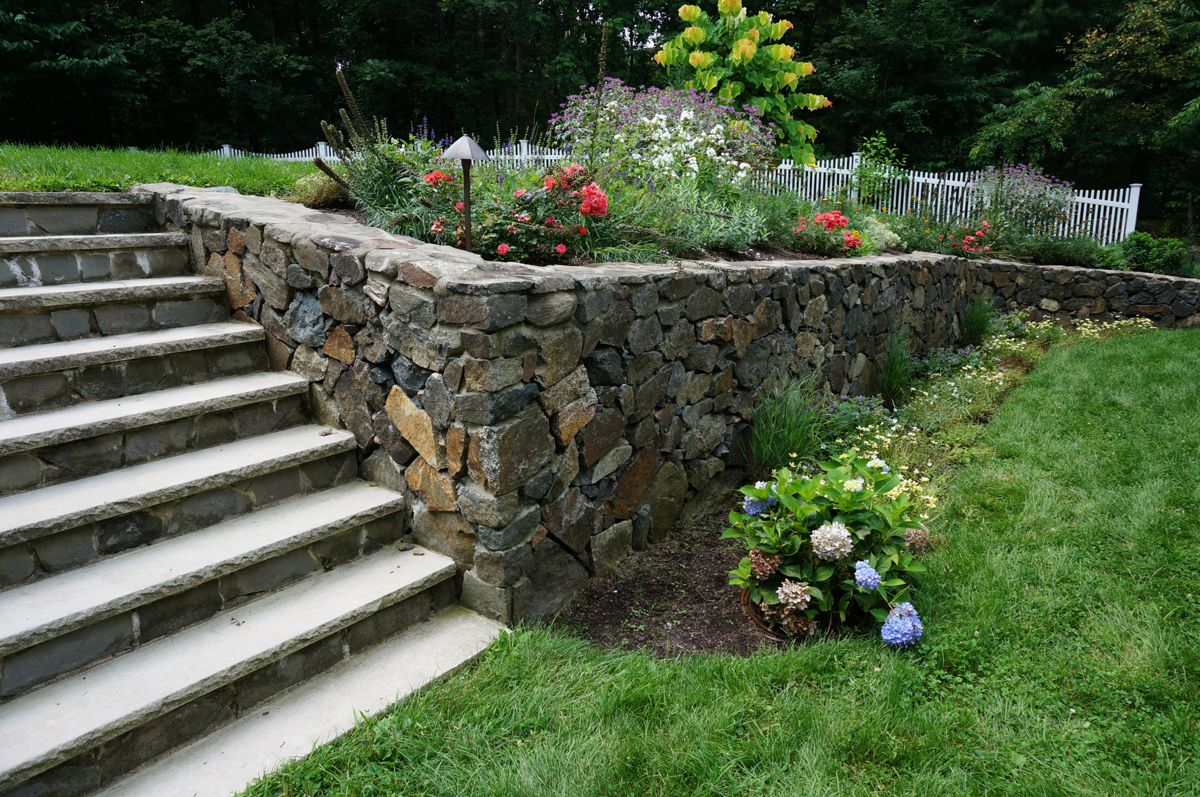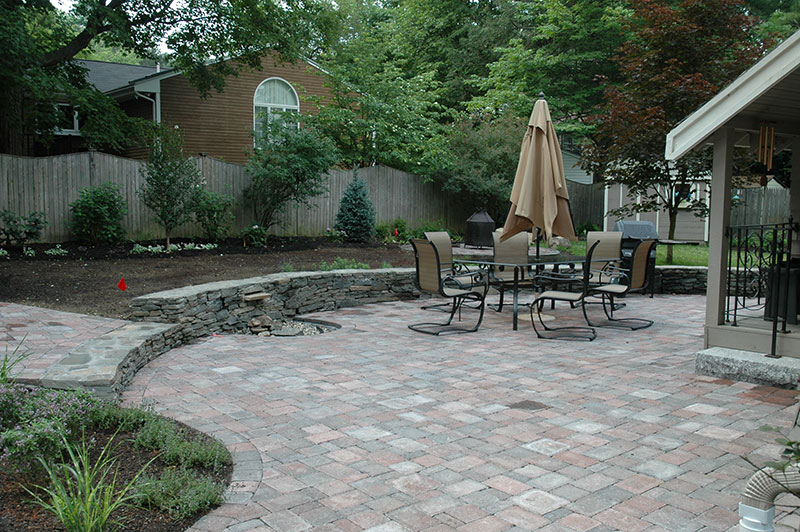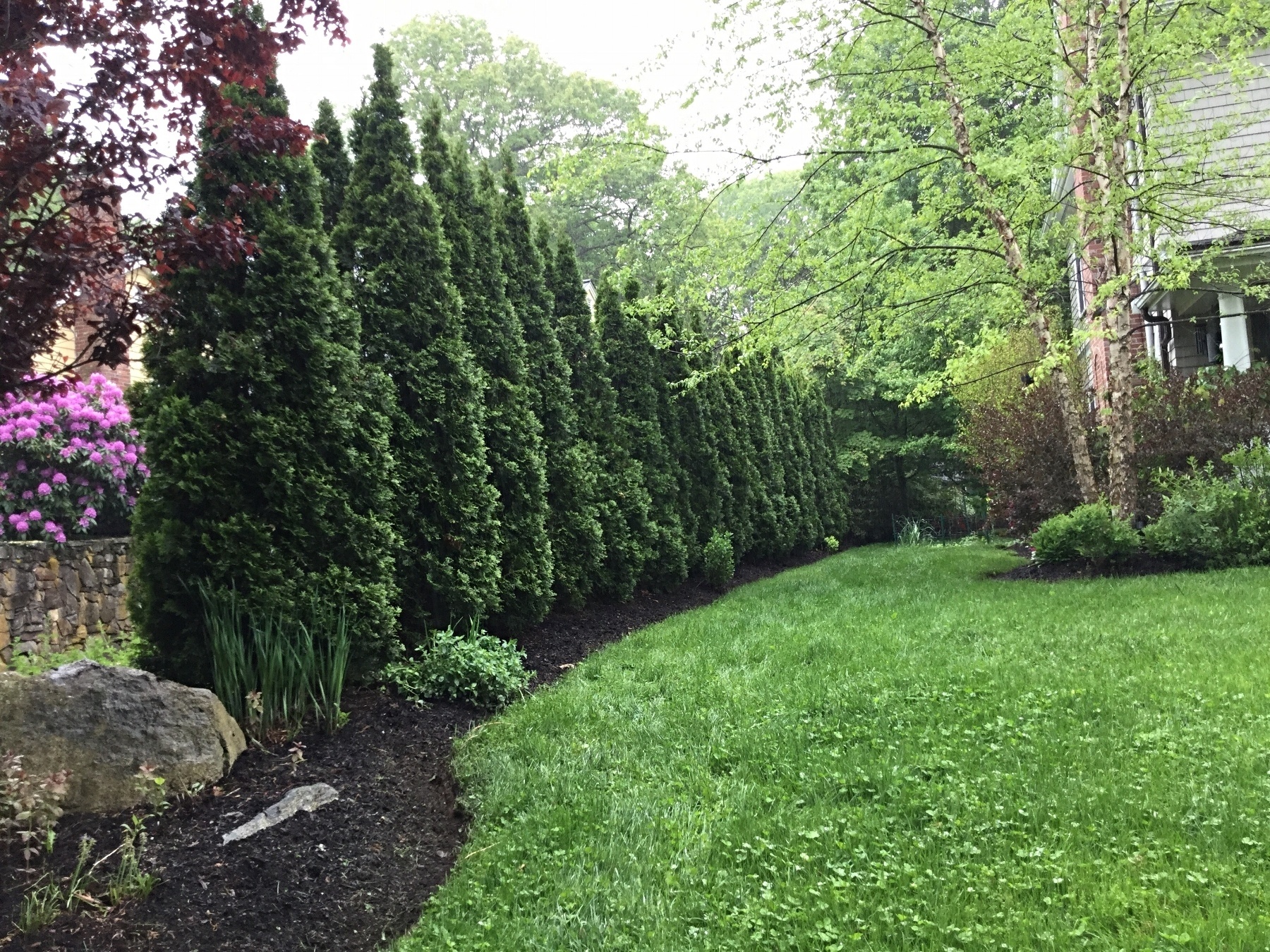When heavy rain falls, most homeowners focus on protecting their homes, but their yard often takes the hardest hit.
Without proper planning, excess water can collect in low areas, wash away topsoil and slowly damage the foundation of your outdoor space. What begins as small puddles or soggy grass can quickly turn into long-term erosion and drainage problems.
The key to solving this challenge is finding practical ways to move and absorb water that also enhance the natural look of your landscape. Modern landscape design strategies make that possible, combining beauty, function and sustainability to protect your yard from future water damage.
Understanding Erosion and Drainage Issues
Water always seeks the path of least resistance, which means that even minor imperfections in grading can lead to serious issues.
When surface water from rain or melting snow has nowhere to go, it collects in puddles, erodes topsoil and can even seep toward your foundation. Over time, these drainage problems cause runoff that weakens retaining walls and leaves unsightly bare spots in your lawn.
Common signs of trouble include standing water that lingers more than a day after a storm, shifting pavers, washed-out mulch and deep ruts in driveways or garden beds. You may also notice exposed roots or thinning grass in areas where the soil has compacted and can no longer absorb moisture properly.
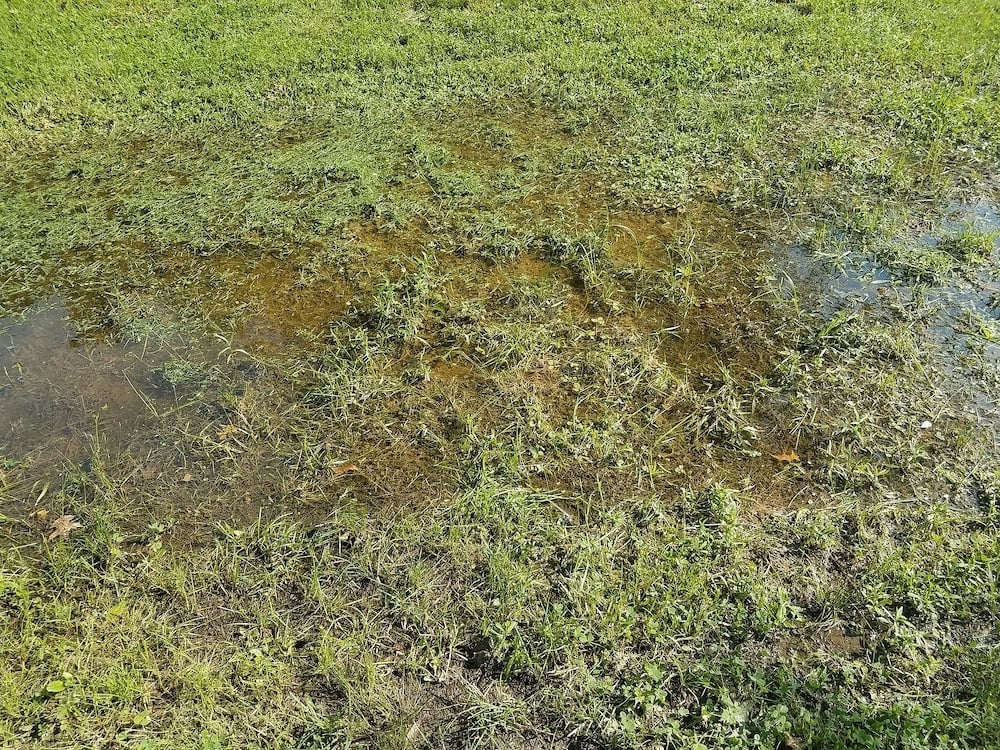
A healthy drainage system works with your property’s natural slope to move water safely away from structures while promoting infiltration into the soil. The goal is not to eliminate water, but to manage its flow effectively so your plants, hardscaping and outdoor space stay balanced and functional year-round.
Methods to Control Erosion and Drainage in Your Yard
Effective erosion and drainage solutions can manage water problems without making your yard look engineered or harsh. When planned correctly, these systems blend into the landscape while protecting your property from damage. The key is choosing techniques that control runoff and prevent erosion while complementing the natural style of your yard. Below are several proven options that achieve both function and visual appeal:
French Drains
A hidden drainage system made from gravel and perforated pipe that channels excess water away from low areas or building foundations. This option is especially effective for properties with heavy or compacted soil.
Permeable Pavers
Used in driveways, patios and walkways, permeable surfaces allow rainwater to pass through gaps between stones or blocks, reducing standing water and preventing erosion problems.
Dry Stream Beds
A natural-looking feature made of decorative stones and native plants that guides water flow through the property. It manages surface water effectively while blending into the existing landscape.
Rain Gardens
A shallow, planted basin designed to collect stormwater and let it soak into the soil naturally. Native plants like blue flag iris, coneflower, and sedges help absorb runoff, improve soil stabilization and attract pollinators.
How to Make Landscape Erosion and Drainage Solutions Visually Appealing
The most successful landscapes manage drainage issues while enhancing the yard’s appearance. You absolutely can design your property to work with water rather than against it.
Consider retaining walls that provide structure while supporting soil stabilization on steep slopes. Layered plantings below the wall help slow runoff, allowing for natural infiltration. Adding decorative stone edging around beds can tie together dry stream beds and pavers for a unified look that also improves proper drainage.

Simple design choices go a long way. For instance, adding a layer of mulch around trees or garden beds prevents erosion, regulates soil temperature and absorbs surface water.
Choosing permeable materials for driveways and paths also can prevent puddles while maintaining visual harmony throughout the yard. When every element serves both an aesthetic and functional purpose, the result is a landscape that looks intentional and performs reliably during every storm.
Long-Term Strategies for Landscape Water Management
Even well-installed erosion and drainage solutions need regular attention to perform their best. Over time, soil compaction reduces infiltration, plants can block drainage paths and shifting grading may cause water to collect where it shouldn’t.
Seasonal maintenance such as aerating compacted areas, clearing debris from French drains or dry stream beds and re-leveling low spots keeps the drainage system functioning properly and prevents small issues from turning into costly water damage.
To keep your system performing efficiently year after year, make these maintenance steps part of your regular landscaping routine:
- Inspect regularly: After a storm, walk your property and note areas where standing water collects or mulch washes away.
- Clean gutters and drains: Remove debris that can block water flow and cause overflow near the foundation.
- Refresh materials: Replace or top off gravel, mulch and topsoil that have eroded.
- Maintain plant health: Deep-rooted native plants strengthen soil stabilization and prevent erosion control problems.
- Aerate and regrade: Compacted soil prevents infiltration. Aerate annually and adjust slopes to maintain proper drainage.
A beautiful yard should do more than look good. It should manage water runoff naturally and protect your property from erosion. Features such as rain gardens, permeable pavers and French drains help control drainage while preserving the natural character of your landscape. These systems reduce standing water, protect topsoil and keep plants healthier through every season.
When your landscape manages water flow efficiently, you spend less time fixing problems and more time enjoying your yard. Thoughtful erosion and drainage solutions create a space that is both resilient and attractive, ready to perform year after year.
To learn more about landscape maintenance for your home, download our free ebook, How to Maintain Your Landscape and Transform It Into a Beauty You'll Love. If you're ready to get started on your new landscape project, or simply want to learn more about the process, you can contact our team here to schedule a free consultation. We'd love to talk to you!






